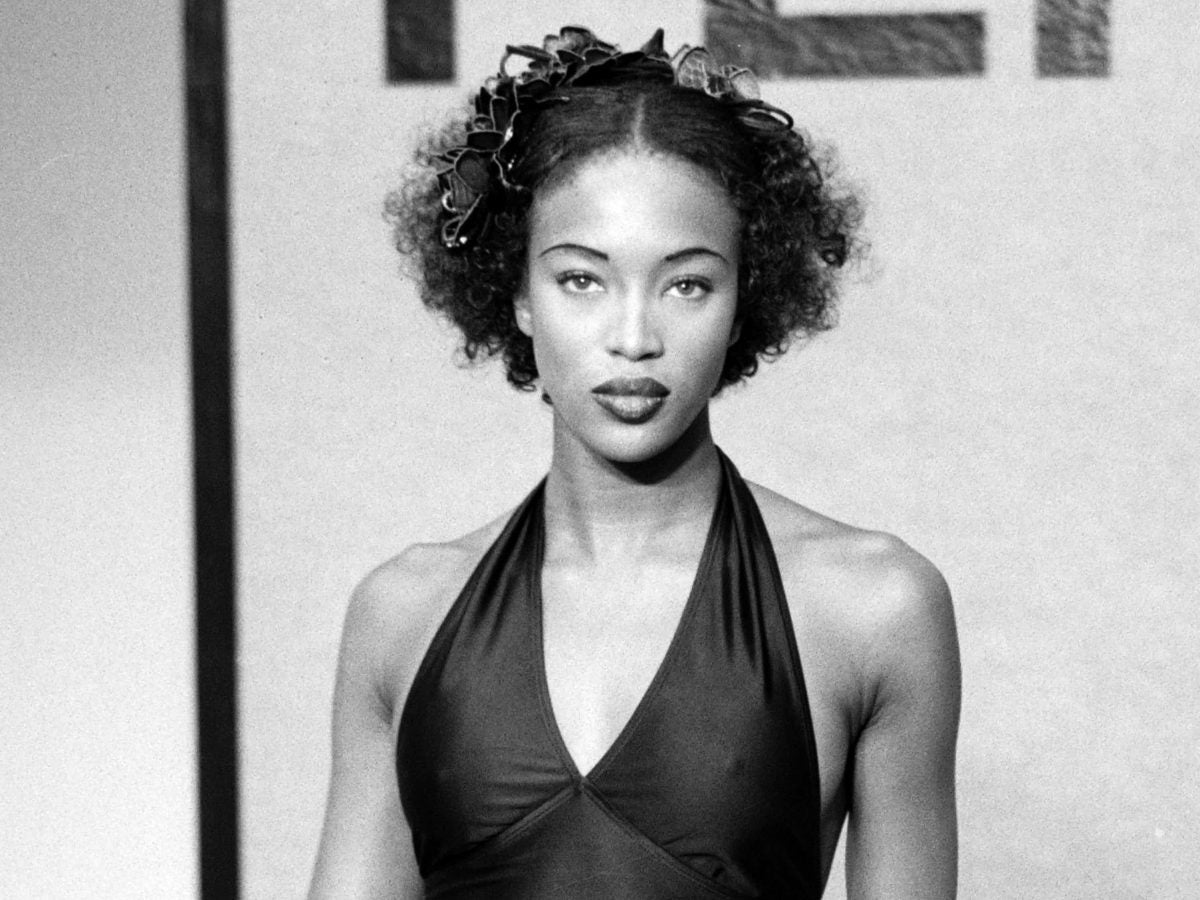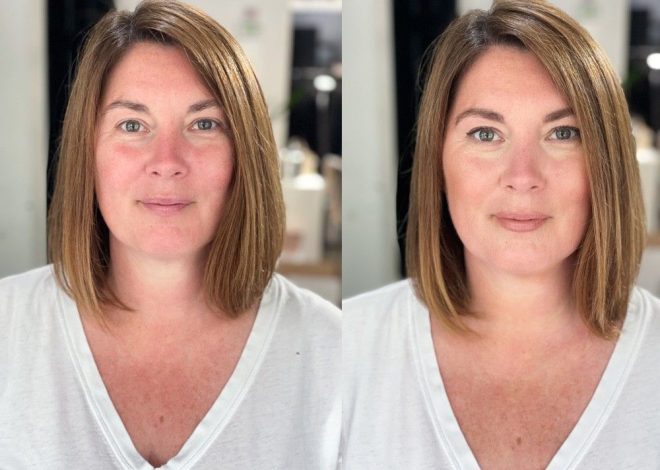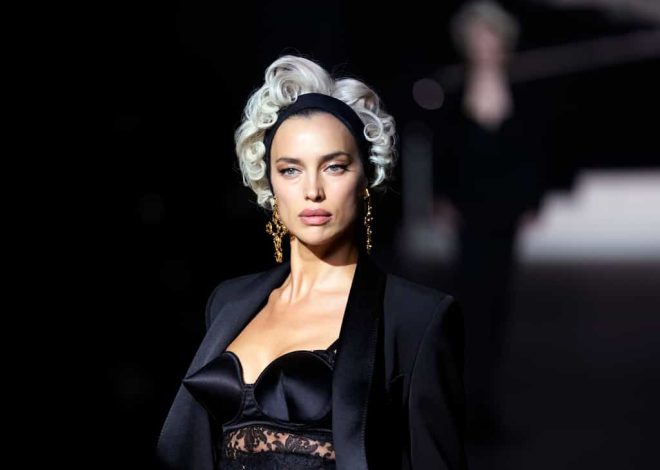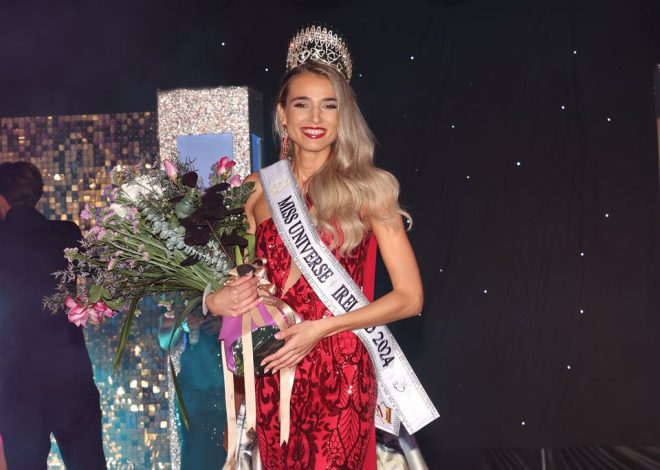
Representation On The Runway: From Icons to Tokenism
It’s that time of year again. Fashion’s biggest moment— SS25 Ready-to-Wear Fashion Week— is sweeping through NYC, Paris, London, and Milan. But while each season garners more attention and is larger than the last, one thing remains strikingly stagnant: representation on the runway.
Historically, Black models dominated the scene during the 1970s, ’80s, and ’90s. Icons like Donyale Luna, Naomi Sims, Pat Cleveland, Iman, Grace Jones, Tyra Banks, and Naomi Campbell shattered boundaries and redefined beauty standards. Yet by the 2000s, Eurocentric ideals had taken over, and Black models were reduced to tokens—a shadow of the industry’s past.
Today, Black models still only make up a small percentage, hovering around a mere 6%. And despite slight seasonal fluctuations, overall representation continues to lag, with the fashion industry failing to consistently meet the persistent calls for diversity.
After the murder of George Floyd in 2020, it seemed like a moment of reckoning for the fashion industry. Diversity surged across all sectors, especially in beauty and fashion. It felt like everything the Black community had fought for was finally being acknowledged. For a time, it was as though the industry was ready to embrace meaningful change.
For example, Fashion model, creative strategist, and social impact organizer Danielle Mareka remembers it as a “fruitful time.” She landed two of her biggest gigs right after—becoming the face of a M·A·C Cosmetics collection and working with Beyoncé on the Renaissance Tiffany & Co. commercial. Carter agrees, saying, “We saw a huge shift in what was now considered cool and beautiful walking down the runway. We began to see gorgeous dark-skinned women and men grace the covers of magazines, on the runways and receiving more high-fashion opportunities–finally!”
Additionally, brands attempted to make diversity their top priority, knowing that their bottom line depended on it. According to McKinsey & Company’s 2020 State of Fashion Report, nearly two-thirds of consumers identified as “belief-driven buyers,” prepared to boycott brands that failed to align with their values. It was clear: ignore diversity, and risk losing business.
But why did this shift in representation not stick? It’s simple. For many, the diversity push was nothing more than performative. Mareka explains, “without the external pressure to prioritize diversity and inclusion like we saw post-George Floyd, some brands feel less urgency to keep up those efforts.”
We’ve gone from an era of multiple top Black models to one of tokenism. “There’s still a limited understanding of the range and versatility of Black beauty in the industry,” Mareka adds. “That’s why there are still so many barriers to having more than a few Black models at the top.” Mareka continues, “I do feel like I have to overcome extra challenges simply because of the color of my skin. Sometimes, just getting in the room feels like an accomplishment. Especially when there are only one or two people who look like me.”
True representation starts long before models hit the runway—it begins with the agencies and who they choose to sign. Megan Carter, a casting director and former model agent, shared her experience. “Colorism influences casting decisions more than people realize, especially during Fashion Week,” she says.
“As a Black model agent in a mostly white industry, I had to become the voice of reason when it came to decisions about Black models.” Reflecting on her time as the only woman of color at her agency, Carter says, “resistance was inevitable. There were times I had to push for models who looked like me to get signed.” This goes to show that the barriers Black models face before even stepping onto the runway are real.
Representation goes beyond just putting Black models on the runway. Brands also need hair and makeup teams who understand how to care for Black hair and skin. It’s not just about filling a quota; it’s about creating a full-circle experience that embraces and celebrates Black beauty in all its forms.
Mareka’s constant reminder of her identity as a Black model comes when dealing with her hair on set. “The lack of knowledge about textured hair is a consistent concern,” she says. “Sometimes, I feel like I can’t win. No matter what style I choose, it’s hard to prevent damage. But this has forced me to really appreciate learning how to care for my hair, and more importantly, set boundaries and advocate for myself when things aren’t right.”
Carter echoes this, recalling a moment at her agency. “We had one of our African female models come in to pick up her comp card and she had beautiful braided locs as her hairstyle for the season. She was asked if that would be her hairstyle for castings. I could feel the discomfort in not just the model but myself as well,” she says.
“In that moment, I felt the need to speak out loud and encourage her hairstyle, because why would her locs be an issue for castings when she is one of our major signed models in the agency? Why do our beauty standards have to be particular to what society standards think is best to book a show?”
In any case, Black culture has always been the backbone of what’s “cool” and fashionable. We have always set the standard however, it becomes revered when it’s appropriated and repackaged by the mainstream. Cornrows, locs, acrylic nails, bold gold—all these style staples of Black culture have graced the runway for years and shaped entire fashion and beauty trends.
These looks are rooted in centuries of Black creativity and history; however, they are appropriately recognized and celebrated when adorned by non-Black people. The irony of it all is this: we are the culture and everyone wants to take bits and pieces of it but the people that are behind it continue to be excluded from the mainstream platforms that showcase it.
It’s rare to hear, “we can only have three white models.” So why is it acceptable to cap the number of Black models? I’ve unfortunately been told this directly, and it shouldn’t even be a conversation. This struggle for representation goes beyond what we see on the runway. It’s happening behind the scenes, with agents and casting directors fighting to make sure Black models are seen.
Mareka believes, “if there were more diverse perspectives at the decision-making level, it would naturally create a domino effect and open up more seats at the table.” It’s up to the industry to continue pushing for inclusion, ensuring that brands and designers have no choice but to reflect the diversity we deserve.


